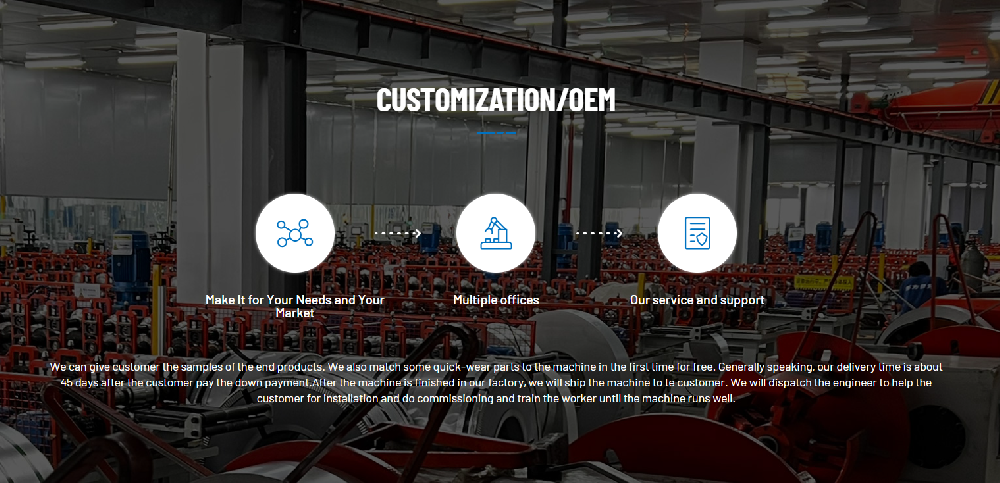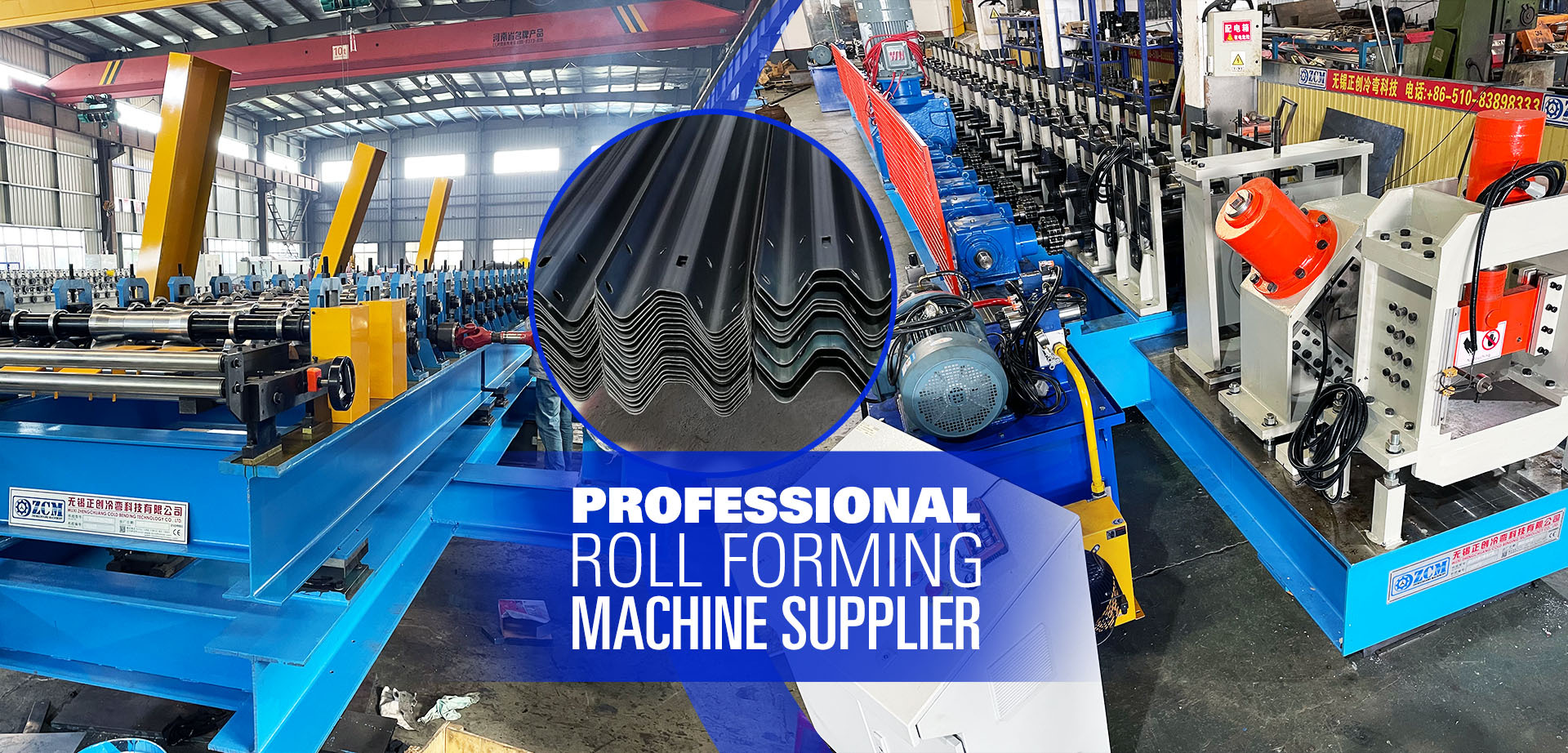Navigation Menu
Contact Us
- Email:
- info@wxavatar.com
- Address:
- Yurong Village, Yuqi Street, Huishan District, Wuxi, China.
Release Date:Jul 29, 2025 Visit:42 Source:Roll Forming Machine Factory
As nations worldwide expand their infrastructure development, the demand for efficient and scalable manufacturing solutions has grown significantly. Among the industries benefiting from this trend is solar energy infrastructure, where roll forming technology plays a crucial role in production efficiency. This article examines how large-scale infrastructure initiatives are influencing investment in solar stand roll forming technology.

Growing Infrastructure Needs and Manufacturing Efficiency
Governments and private enterprises are increasingly investing in infrastructure projects that incorporate renewable energy solutions. The need for rapid, cost-effective production of solar mounting structures has led manufacturers to adopt advanced roll forming techniques. These methods allow for high-volume production with consistent quality, meeting the demands of large-scale solar installations.
Technological Advancements in Roll Forming
Modern roll forming machines have evolved to accommodate the precise requirements of solar stand manufacturing. Automated systems now enable faster production cycles, reduced material waste, and improved structural integrity. As infrastructure projects expand, manufacturers are upgrading their equipment to stay competitive, driving further innovation in roll forming technology.
Economic Factors and Market Expansion
The global push for infrastructure development has created new markets for solar energy systems. Countries investing in large-scale solar farms require reliable and efficient manufacturing processes, leading to increased adoption of roll forming solutions. This trend has encouraged machinery producers to enhance their offerings, providing more customizable and automated systems to meet diverse project specifications.
Future Outlook
As infrastructure projects continue to grow in scale and complexity, the demand for advanced roll forming technology is expected to rise. Manufacturers that invest in precision engineering and automation will likely see sustained growth, particularly in regions with expanding solar energy initiatives. The ongoing development of smart manufacturing techniques will further shape the industry, ensuring that roll forming remains a key component in solar infrastructure production.

In conclusion, the expansion of global infrastructure projects is contributing to increased investment in solar stand roll forming technology. As the need for efficient, high-quality manufacturing solutions grows, advancements in this field will continue to play a vital role in meeting industry demands.